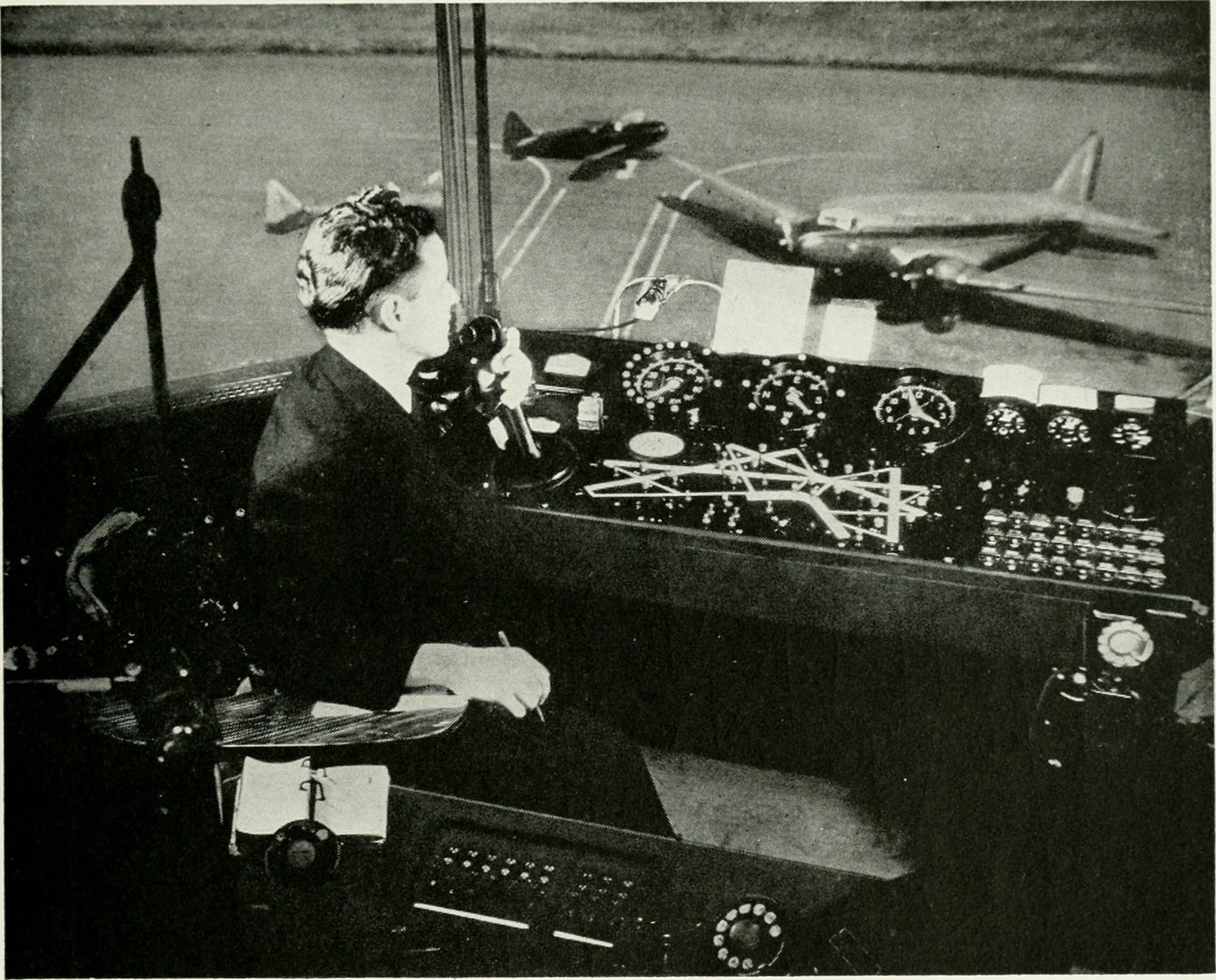Air Traffic Control, Part II
Air traffic control has come a long way since the early days of aviation in the 1930s, and our very own Helen Parker Wall takes us back to the technologies that evolved to create the current state of safe flying.
Air traffic controller Helen Parker Wall discusses the technologies and incidents that prompted change in navigation and communication between the ground and the pilot to keep the skies and the runways safe. Before WWII, pilots and air traffic controllers relied on the triangulation of radio transmissions to track flights, and in 1934 the Department of Commerce set up en route facilities, the first one being in Newark, New Jersey. This was all before the development of radar, so there was nothing for pilots or controllers to look at to track flights. Arrival times were determined the old-fashioned way: mental math that calculated a plane’s speed, distance, and altitude. It wasn’t until a 1931 crash that killed all its passengers, including famous Notre Dame football coach Knute Rockne, that regulatory agencies like the FAA were established to ensure the safety of all air travelers, pilots, and air traffic controllers. When radars and advanced communications tools became popular after WWII, air traffic safety improved and air travel increased. Despite those early chaotic days of air traffic control, Wall says that she wouldn’t mind going back to the 1920s to be an air traffic controller: “I just love being around planes, no matter what decade they’re in or what technology is around.”
Learn more about air traffic safety by checking out the Safety by Design exhibits in our Great Gallery and Aviation Pavillion!
Host: Sean Mobley
Producer: Keny Dutton
Webmaster: Layne Benofsky
Content Marketing Manager: Irene Jagla
